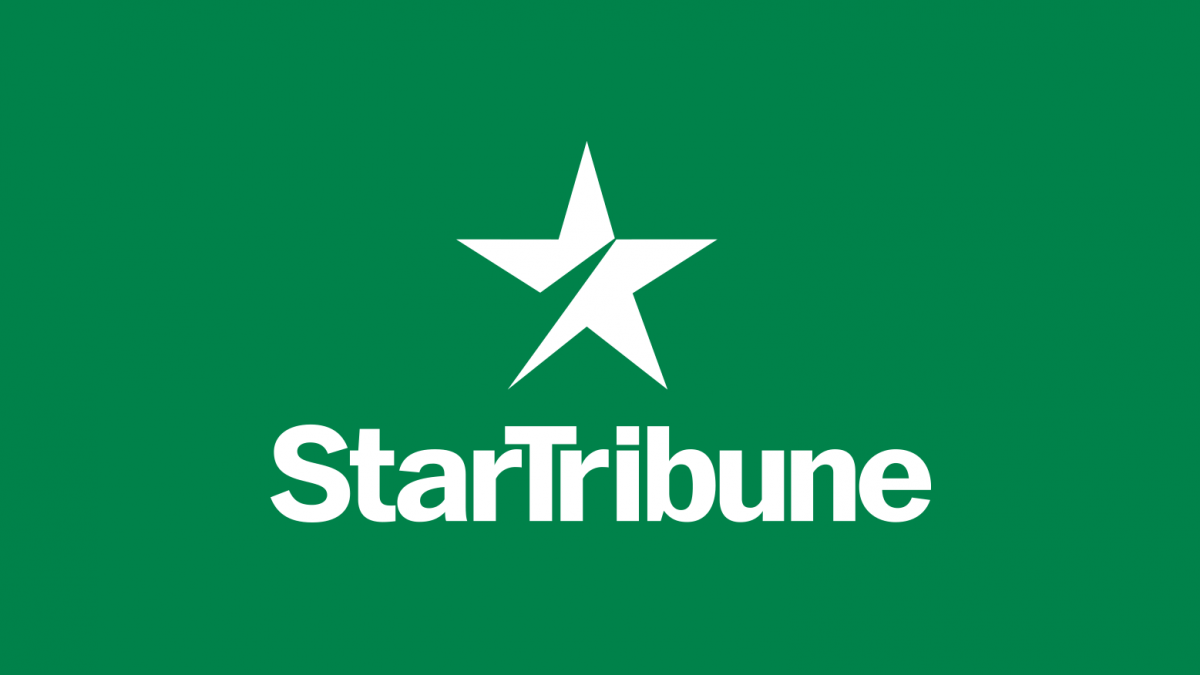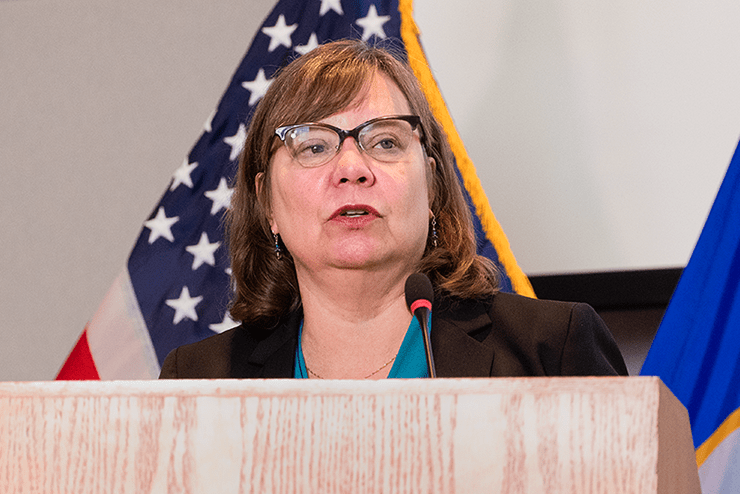
Zuckerberg says Facebook erred in not removing militia post
August 29, 2020
Minnesota reports 1,032 new coronavirus infections, 4 deaths
August 29, 2020ALBANY, N.Y. — Nurses on the front lines of New York’s COVID-19 pandemic are calling for the state to enact minimum staffing standards ahead of another wave of infections.
Health care industry leaders, though, warn that passing such a law would saddle facilities with billions of dollars in extra costs they can’t afford.
Under legislation now before a legislative committee, the state would for the first time set minimum nurse-to-patient ratios, including a standard of one nurse for every two patients in intensive care units.
California now has such a law. Other states don’t. Supporters say the legislation would boost the quality of care, reduce staff burnout and let the state hold health care facilities accountable for inadequate staffing.
Minimum staffing ratios also might have helped last spring, they say, when hospitals and nursing homes in the New York City metropolitan area were overwhelmed with a flood of COVID-19 patients.
“If we had better staffing in place before COVID-19, if we weren’t stretched so thin, we would have been able to handle the flex and surge that was required,” said Pat Kane, who leads a union representing nurses statewide.
Health industry groups have long called minimum staffing levels too costly and unnecessary. They say implementing staffing mandates now would be especially damaging, as hospitals face sharp revenue losses.
New York Gov. Andrew Cuomo promised in 2018 to set safe staffing levels, which he said was “linked to quality care,” but this month his health department released a report estimating the proposed staffing rules would force nursing homes and hospitals to hire a combined 35,000 nurses, at a cost of around $4 billion.
“During the crisis, the increased costs would have been unbearable, coming on top of the extremely expensive surge costs frontline hospitals incurred,” Greater New York Hospital Association President Kenneth Raske told hospital leaders this month. “Now, in the COVID-19 transition era, when hospitals are fighting for their very survival due to a severe loss of revenue, such a mandate is unthinkable.”
It also is not clear whether staffing mandates would have made any difference in an extraordinary crisis like the one that enveloped the health care system last spring, when hospitals were seeing so many dying patients that they had to bring in refrigerator trucks to handle the bodies.
Simultaneously, many health care workers themselves were falling ill, disrupting regular staffing plans. With help from the state and staffing agencies, hospitals brought in thousands of temporary staff, often people from other states, but it took weeks for the help to arrive.
The state health department report said hospitals need to retain flexibility over staffing, especially during a crisis.
Bea Grause, president of a statewide group representing public and nonprofit hospitals, said the report confirmed long-held concerns about “rigid, statewide government-mandated staffing ratios.”
Assemblyman Richard Gottfried, a Democrat from New York City, called the report “disappointing.”
“It acknowledges that higher levels of staffing saves lives,” he said. “But it doesn’t seem to offer any alternative to losing those lives.”
Kane said the report repeats old arguments, ignores potential savings and inflates costs by over $1 billion. She said the state should have interviewed nurses on front lines and examined staffing levels in hard-hit minority communities.
“Everything is such a fight for these nurses,” she said. “It’s one thing to say they’re heroes and they made the sacrifice. But listen to them, and that will show them you really mean that… Because they dread the idea, they can’t imagine going through something like that again.”





